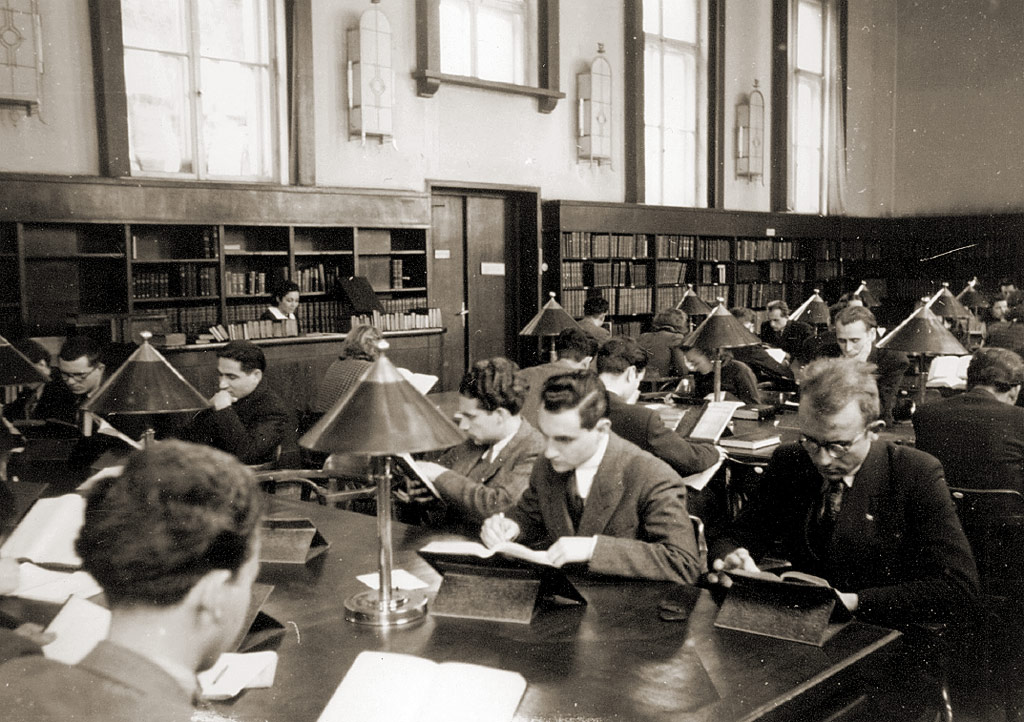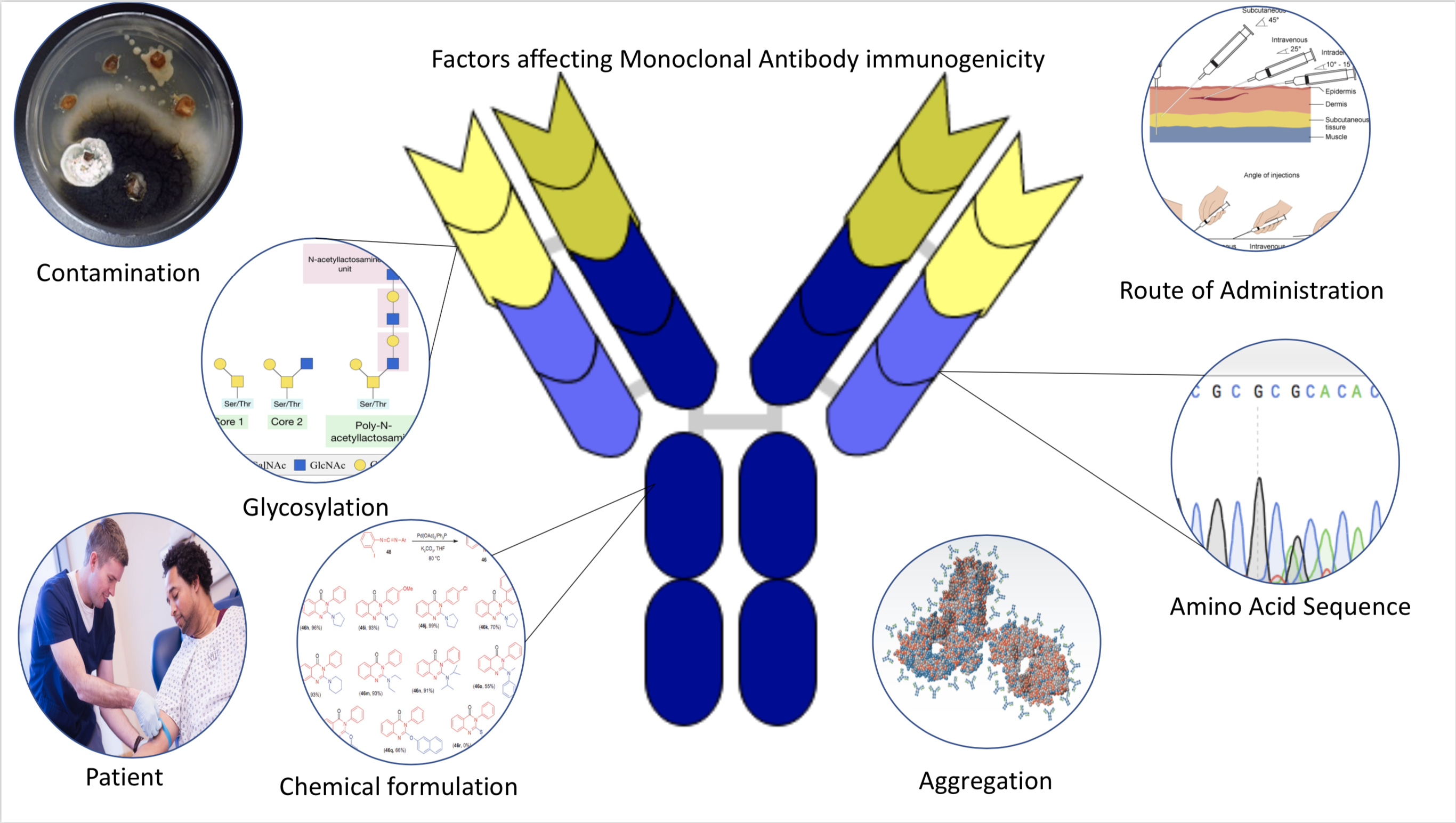|
A.N. Belozersky
Andrey Nikolayevich Belozersky (Андре́й Никола́евич Белозе́рский) (29 August 1905 (Tashkent, Turkestan region, Russian Empire) – 31 December 1972 (Moscow, Soviet Union)) was a Soviet biologist and biochemist, one of the pioneers of molecular biology studies in the Soviet Union. He was an academic of the Academy of Sciences of the Soviet Union from 1962 and its vice president from 28 May 1971 to 31 December 1972. He conducted research related to the composition of nucleic acids and their distribution in different organisms. He also obtained the first evidence of the existence of mRNA and laid the foundations of genosystematics. Biography Childhood A. N. Belozersky was born in Tashkent, in the family of an official. His father, Nikolay Andreevich Belozersky, was born into a Russian family that migrated to Central Asia, and worked as a lawyer in the judicial chamber. His mother, Evgeniya Semenovna Lahtina, worked as a musician teacher in a gymnasi ... [...More Info...] [...Related Items...] OR: [Wikipedia] [Google] [Baidu] |
Tashkent
Tashkent (), also known as Toshkent, is the Capital city, capital and List of cities in Uzbekistan, largest city of Uzbekistan. It is the most populous city in Central Asia, with a population of more than 3 million people as of April 1, 2024. It is located in northeastern Uzbekistan, near the border with Kazakhstan. Before the influence of Islam in the mid-8th century AD, Sogdian people, Sogdian and Turkic people, Turkic culture was predominant. After Genghis Khan destroyed the city in 1219, it was rebuilt and profited from its location on the Silk Road. From the 18th to the 19th centuries, the city became an Tashkent (1784), independent city-state, before being re-conquered by the Khanate of Kokand. In 1865, Tashkent fell to the Russian Empire; as a result, it became the capital of Russian Turkestan. In Soviet Union, Soviet times, it witnessed major growth and demographic changes due to Population transfer in the Soviet Union, forced deportations from throughout the Soviet Unio ... [...More Info...] [...Related Items...] OR: [Wikipedia] [Google] [Baidu] |
Vice President
A vice president or vice-president, also director in British English, is an officer in government or business who is below the president (chief executive officer) in rank. It can also refer to executive vice presidents, signifying that the vice president is on the executive branch of the government, university or company. The name comes from the Latin term '' vice'' meaning "in place of" and typically serves as '' pro tempore'' (Latin: ’for the time being’) to the president. In some countries, the vice president is called the ''deputy president''. In everyday speech, the abbreviation ''VP'' is used. In government In government, a vice president is a person whose primary responsibility is to act in place of the president on the event of the president's death, resignation or incapacity. Vice presidents are either elected jointly with the president as their running mate, or more rarely, appointed independently after the president's election. Most governments with vice p ... [...More Info...] [...Related Items...] OR: [Wikipedia] [Google] [Baidu] |
Biochemistry (journal)
''Biochemistry'' is a peer-reviewed academic journal in the field of biochemistry. Founded in 1962, the journal is now published weekly by the American Chemical Society, with 51 or 52 annual issues. According to the ''Journal Citation Reports'', the journal has a 2022 impact factor of 2.9. The previous editor-in-chief was Richard N. Armstrong ( Vanderbilt University School of Medicine) (2004–2016). After his death, Alanna Schepartz (UC Berkeley) was appointed editor-in-chief An editor-in-chief (EIC), also known as lead editor or chief editor, is a publication's editorial leader who has final responsibility for its operations and policies. The editor-in-chief heads all departments of the organization and is held accoun .... (accessed May 24, 2017) Indexing ''Biochemistry'' i ...[...More Info...] [...Related Items...] OR: [Wikipedia] [Google] [Baidu] |
Sofia University
Sofia University "St. Kliment Ohridski" () is a public university, public research university in Sofia, Bulgaria. It is the oldest institution of higher education in Bulgaria. Founded on 1 October 1888, the edifice of the university was constructed between 1924 and 1934 with the financial support of the brothers Evlogi Georgiev and Hristo Georgiev (patron), Hristo Georgiev (whose sculptures are now featured on its façade) and has an area of 18,624 m2 and a total of 324 premises. The university has 16 faculties and three departments, where over 21,000 students receive their education. The current Rector (academia), rector is Georgi Valchev. History The university was founded on 1 October 1888—ten years after the liberation of Bulgaria—to serve as Bulgaria's primary institution of higher education. Initially, it had four regular and three additional lecturers and 49 students. It was founded as a higher pedagogical course, it became a higher school after a few months and ... [...More Info...] [...Related Items...] OR: [Wikipedia] [Google] [Baidu] |
Charles University
Charles University (CUNI; , UK; ; ), or historically as the University of Prague (), is the largest university in the Czech Republic. It is one of the List of oldest universities in continuous operation, oldest universities in the world in continuous operation, the oldest university north of the Alps and east of University of Paris, Paris. Today, the university consists of 17 faculties located in Prague, Hradec Králové, and Plzeň. History Medieval university (1349–1419) The establishment of a medieval university in Prague was inspired by Holy Roman Emperor Charles IV, Holy Roman Emperor, Charles IV. He requested his friend and ally, Pope Clement VI, to create the university. On 26 January 1347, the pope issued the bull establishing a university in Prague, modeled on the University of Paris, with all four faculty (division), faculties, including theology. On 7 April 1348 Charles, the king of Bohemia, gave to the established university privileges and immunities from the se ... [...More Info...] [...Related Items...] OR: [Wikipedia] [Google] [Baidu] |
Peking University
Peking University (PKU) is a Public university, public Types of universities and colleges in China#By designated academic emphasis, university in Haidian, Beijing, China. It is affiliated with and funded by the Ministry of Education of the People's Republic of China, Ministry of Education of China. The university is part of Project 211, Project 985, and the Double First-Class Construction. It is also a member in the C9 League. Established as the Imperial University of Peking in 1898 by a royal charter from the Guangxu Emperor, it is the second oldest university in China after Tianjin University (established in 1895). In May 1912, the government of the Republic of China ordered the Imperial University of Peking to be renamed Peking University. Then Peking University merged with Yenching University during the nationwide restructuring of universities and academic departments in 1952. In April 2000, the Beijing Medical University merged with the Peking University. Peking Universit ... [...More Info...] [...Related Items...] OR: [Wikipedia] [Google] [Baidu] |
University Of Tirana
The University of Tirana (, abbreviated UT) is a public university located at the central borough of Tirana 10 in Tirana, Albania. It was established as the State University of Tirana (SUT) in 1957 through merging of five existing institutes of higher education. The main building was planned by Italian architect, Gherardo Bosio at the beginning of 1940. It is situated at the Mother Teresa Square, south of the city center of Tirana. The primary language of instruction is Albanian, but there are a number of faculties of foreign languages which are carried out in English, French, Greek, Italian, Spanish, German, Chinese and other languages. The University of Tirana was founded in 1957 as the ''State University of Tirana'' (), through the merging of five existing institutes of higher education, the most important of which was the Institute of Sciences, founded in 1947. Immediately after the death of Enver Hoxha in 1985, the university was renamed the ''Enver Hoxha U ... [...More Info...] [...Related Items...] OR: [Wikipedia] [Google] [Baidu] |
Immunogenicity
Immunogenicity is the ability of a foreign substance, such as an antigen, to provoke an immune response in the body of a human or other animal. It may be wanted or unwanted: * Wanted immunogenicity typically relates to vaccines, where the injection of an antigen (the vaccine) provokes an immune response against the pathogen, protecting the organism from future exposure. Immunogenicity is a central aspect of vaccine development. * Unwanted immunogenicity is an immune response by an organism against a therapeutic antigen. This reaction leads to production of anti-drug-antibodies (ADAs), inactivating the therapeutic effects of the treatment and potentially inducing adverse effects. A challenge in biotherapy is predicting the immunogenic potential of novel protein therapeutics. For example, immunogenicity data from high-income countries are not always transferable to low-income and middle-income countries. Another challenge is considering how the immunogenicity of vaccines changes wi ... [...More Info...] [...Related Items...] OR: [Wikipedia] [Google] [Baidu] |
Antigen
In immunology, an antigen (Ag) is a molecule, moiety, foreign particulate matter, or an allergen, such as pollen, that can bind to a specific antibody or T-cell receptor. The presence of antigens in the body may trigger an immune response. Antigens can be proteins, peptides (amino acid chains), polysaccharides (chains of simple sugars), lipids, or nucleic acids. Antigens exist on normal cells, cancer cells, parasites, viruses, fungus, fungi, and bacteria. Antigens are recognized by antigen receptors, including antibodies and T-cell receptors. Diverse antigen receptors are made by cells of the immune system so that each cell has a specificity for a single antigen. Upon exposure to an antigen, only the lymphocytes that recognize that antigen are activated and expanded, a process known as clonal selection. In most cases, antibodies are ''antigen-specific'', meaning that an antibody can only react to and bind one specific antigen; in some instances, however, antibodies may cr ... [...More Info...] [...Related Items...] OR: [Wikipedia] [Google] [Baidu] |
Gamaleya Research Institute Of Epidemiology And Microbiology
The Gamaleya Research Institute of Epidemiology and Microbiology, previously the N. F. Gamaleya Federal Research Center for Epidemiology & Microbiology, is a Russian medical-research institute within the Ministry of Health of the Russian Federation.Other names include the Gamaleya Scientific Research Institute or Gamaleya National Research Center for Epidemiology and Microbiology Founded in 1891 by Filipp Markovich Blyumental, it is named after Soviet scientist Nikolay Fyodorovich Gamaleya (1859–1949), famed as a pioneer in microbiology and in vaccine research. The institute is best known internationally for developing the earliest vaccine for SARS-CoV-2, in collaboration with the 48th Central Research Institute of the Ministry of Defence and the Vector Institute of the Rospotrebnadzor, in response to the COVID-19 pandemic. History The institution was founded in 1891 as a private bacteriology- and chemical-microscopy-oriented laboratory, which later became the Blumenth ... [...More Info...] [...Related Items...] OR: [Wikipedia] [Google] [Baidu] |
Antibiotic
An antibiotic is a type of antimicrobial substance active against bacteria. It is the most important type of antibacterial agent for fighting pathogenic bacteria, bacterial infections, and antibiotic medications are widely used in the therapy, treatment and antibiotic prophylaxis, prevention of such infections. They may either bactericide, kill or bacteriostatic agent, inhibit the growth of bacteria. A limited number of antibiotics also possess antiprotozoal activity. Antibiotics are not effective against viruses such as the ones which cause the common cold or influenza. Drugs which inhibit growth of viruses are termed antiviral drugs or antivirals. Antibiotics are also not effective against fungi. Drugs which inhibit growth of fungi are called antifungal drugs. Sometimes, the term ''antibiotic''—literally "opposing life", from the Greek language, Greek roots ἀντι ''anti'', "against" and βίος ''bios'', "life"—is broadly used to refer to any substance used against ... [...More Info...] [...Related Items...] OR: [Wikipedia] [Google] [Baidu] |






